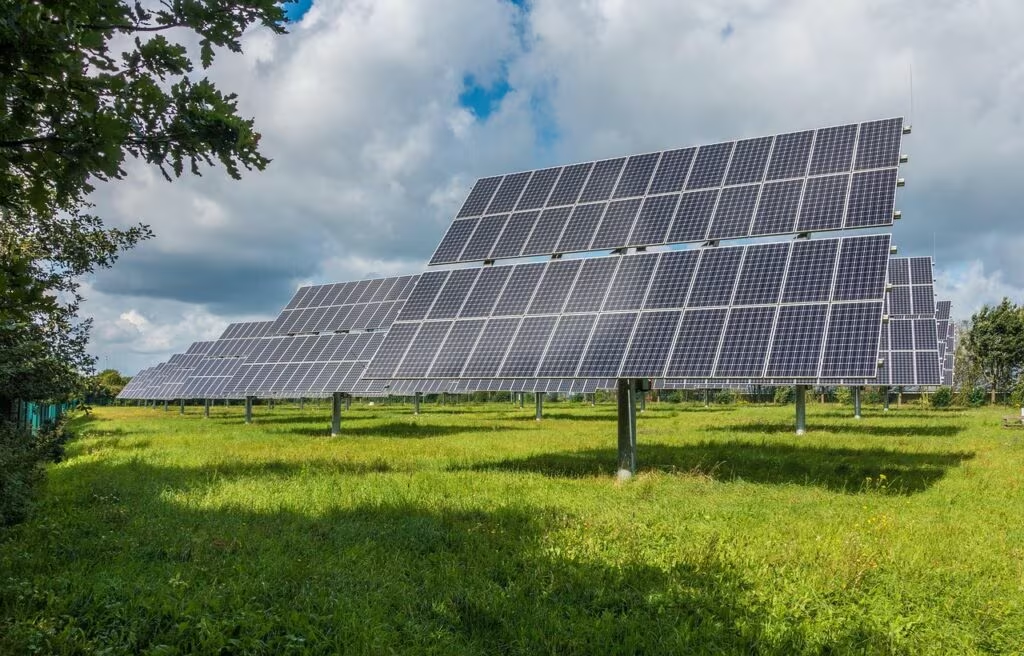The Rise of HAPS: A New Contender in the Internet Race
For years, the race to connect the world’s most remote populations has been dominated by massive constellations of Low Earth Orbit (LEO) satellites, most notably SpaceX’s Starlink. However, a new, closer-to-Earth technology is emerging from the stratosphere that promises to deliver high-speed internet with significantly lower latency and cheaper ground equipment: High-Altitude Platform Stations (HAPS).
Operating far above commercial air traffic but well below LEO satellites, HAPS utilize sophisticated, solar-powered uncrewed aerial vehicles (UAVs) and specialized balloons. These platforms aim to bridge the digital divide for the estimated 3 billion people worldwide who remain unconnected, offering a compelling alternative to both expensive satellite systems and difficult-to-deploy terrestrial fiber optics.
How High-Altitude Platform Stations Work
HAPS are essentially floating cell towers positioned in the stratosphere, the layer of the atmosphere roughly 12 to 31 miles (20 to 50 kilometers) above the Earth’s surface. This altitude is critical, as it places them high enough to avoid most weather systems and commercial aircraft, yet close enough to minimize signal delay.
Unlike LEO satellites, which must constantly move and hand off signals, HAPS platforms are designed to remain quasi-stationary over a specific geographic area for extended periods—often months at a time. This endurance is achieved through advanced solar power systems and efficient flight control.
Key examples of this technology include the Airbus Zephyr, a solar-powered UAV that has set endurance records, and platforms developed by the HAPSMobile joint venture (backed by SoftBank and AeroVironment).

The HAPS Advantage: Why Closer is Better
The proximity of HAPS to the ground provides several significant technical and economic advantages over LEO satellite constellations:
- Ultra-Low Latency: Because the signal only travels 50 km to the platform, compared to 550 km or more for LEO satellites, HAPS offers latency figures comparable to, or even better than, terrestrial 5G networks. This is crucial for real-time applications like gaming, remote surgery, and high-frequency trading.
- Cheaper Ground Equipment: The short distance means the signal is stronger and requires far less complex and expensive receiving equipment. Instead of large, motorized satellite dishes required by LEO systems, HAPS can often utilize small, fixed antennas or even standard smartphone technology, drastically reducing the cost barrier for end-users.
- Higher Bandwidth Density: HAPS can focus a powerful signal beam over a relatively small area (a cell diameter of about 125 miles or 200 km). This concentration allows them to deliver extremely high bandwidth to dense populations, making them ideal for connecting cities or large rural communities.
- Easier Maintenance and Upgrades: Unlike satellites, which are fixed once launched, HAPS platforms can be brought down to Earth for maintenance, repairs, or technology upgrades, ensuring the network remains current without requiring costly and environmentally impactful rocket launches.
HAPS vs. LEO: A Direct Comparison
While LEO satellite systems like Starlink excel at providing truly global coverage, HAPS is positioned as a powerful complementary technology, particularly for localized high-demand areas. The two technologies are fundamentally optimized for different missions.
| Feature | High-Altitude Platform Stations (HAPS) | Low Earth Orbit (LEO) Satellites (e.g., Starlink) |
|---|---|---|
| Operating Altitude | 12–31 miles (20–50 km) – Stratosphere | 340 miles (550 km) – Low Earth Orbit |
| Latency | Extremely low (near 5G terrestrial standards) | Low (better than traditional GEO, but higher than HAPS) |
| Coverage Area | Localized (approx. 125-mile diameter per platform) | Global, including oceans and poles |
| Ground Equipment Cost | Low (small antennas, potentially smartphone compatible) | High (specialized, motorized dishes) |
| Deployment | Relatively fast; platforms launched from ground | Requires complex, expensive rocket launches |
| Maintenance | Easy (platforms can be recovered and repaired) | Extremely difficult; requires replacement launches |

The Starlink Challenge: Coverage vs. Cost
Starlink’s primary strength is its sheer scale and global reach. It requires thousands of interconnected satellites to achieve continuous worldwide coverage, which is essential for maritime, aviation, and extremely remote locations. However, this scale comes with high costs for the end-user equipment, which can be prohibitive in developing nations.
HAPS, conversely, offers a more targeted solution. Instead of blanketing the globe, HAPS can be deployed precisely where population density or lack of infrastructure demands it. This makes it a highly competitive option for governments or telecom providers looking to expand 5G or broadband access in specific underserved regions without the massive capital expenditure required for fiber or the high recurring costs of LEO terminals.
Lessons from Project Loon and Regulatory Hurdles
The concept of stratospheric internet is not entirely new. Google’s parent company, Alphabet, invested heavily in Project Loon, which used high-altitude balloons to provide connectivity. While Loon successfully demonstrated the technical feasibility of stratospheric internet—providing emergency service in places like Puerto Rico after Hurricane Maria—the project was ultimately shut down in 2021.
Loon’s failure was primarily attributed to the high operational complexity and cost structure required to maintain a commercially viable service. The constant management of balloon drift, launch logistics, and regulatory approvals proved too challenging to scale profitably.
Modern HAPS platforms, particularly the fixed-wing UAVs like the Zephyr, aim to overcome these challenges by offering greater persistence and control than free-floating balloons. However, they still face significant regulatory hurdles, particularly concerning air traffic control. Operating aircraft in the stratosphere for months requires international coordination and specific flight corridors, a complex task that must be resolved before widespread commercial deployment can occur.
Market Outlook and Commercial Viability
Despite the historical challenges, industry confidence in HAPS is high. Analysts project the HAPS market will be worth approximately $3 billion by 2030. Major telecommunications companies, including SoftBank, see HAPS as a crucial part of their future 5G infrastructure strategy.
Instead of viewing HAPS as a direct replacement for LEO systems, experts see it as a middle layer in the global connectivity stack, sitting between terrestrial fiber/5G networks and LEO/GEO satellites. This complementary role is expected to drive adoption, especially as 5G networks require denser coverage and lower latency.
Companies like Viasat, a traditional satellite operator, have also acknowledged the potential of HAPS, recognizing that these platforms could be used to offload data traffic from their own networks in high-demand areas, thereby improving overall network efficiency.
Commercial deployment is anticipated to accelerate in the late 2020s, pending the finalization of regulatory frameworks and the mass production of reliable, long-endurance platforms.
Key Takeaways: The Future of Connectivity
The emergence of HAPS technology signals a diversification in the space internet market, offering a specialized, high-performance alternative to global LEO constellations.
- HAPS is not designed to replace Starlink globally, but to compete fiercely in localized, high-density, or underserved rural markets.
- The primary competitive edge of HAPS is its ultra-low latency and the potential for significantly cheaper ground equipment for consumers.
- HAPS operates in the stratosphere (up to 50 km), allowing for easier maintenance and upgrades compared to satellites in orbit.
- The market is projected to reach $3 billion by 2030, driven by the need for localized 5G backhaul and bridging the digital divide.
- Future success hinges on overcoming regulatory challenges related to air traffic management and proving long-term operational profitability, a hurdle that doomed previous projects like Project Loon.
Conclusion
While SpaceX continues to expand its LEO constellation, the quiet development of HAPS platforms by aerospace giants like Airbus and telecom leaders like SoftBank suggests that the future of global internet access will not be a winner-take-all scenario. Instead, it will likely be a layered system where fiber provides the backbone, LEO satellites ensure global coverage, and HAPS offers the high-bandwidth, low-latency solution needed to connect the final, most challenging populations on Earth. This stratospheric layer promises to make high-speed internet accessible and affordable for billions, fundamentally changing the economics of global connectivity.
Original author: Tereza Pultarova
Originally published: November 24, 2025
Editorial note: Our team reviewed and enhanced this coverage with AI-assisted tools and human editing to add helpful context while preserving verified facts and quotations from the original source.
We encourage you to consult the publisher above for the complete report and to reach out if you spot inaccuracies or compliance concerns.

